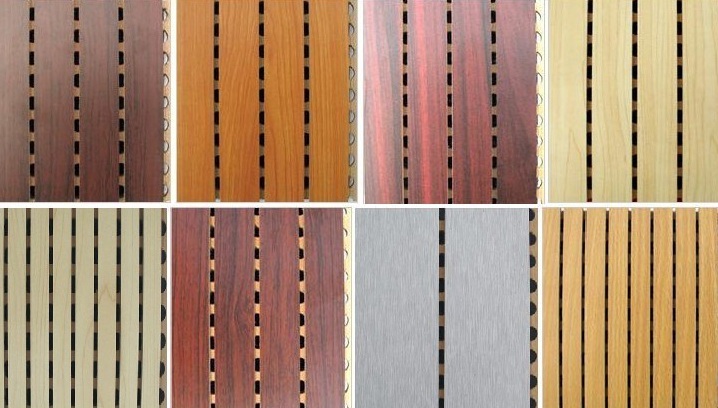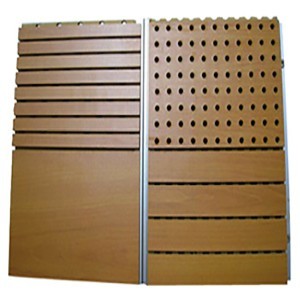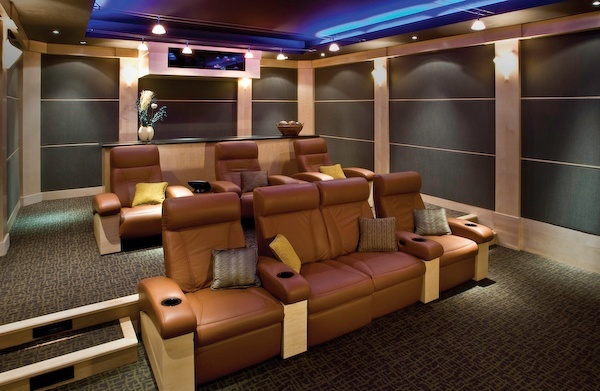
Room acoustics is the broad term that describes how sound waves interact with a room. Each room, and all the objects in it, will react differently to different frequencies of sound. Every speaker will sound different in different rooms.
For example, imagine an empty room with hardwood floors and bare drywall. Lots of echos, right? Now imagine the same size room with lush carpet, lots of bookcases, a big plush sofa, and thick draperies. Quiet and intimate, right? These are the fundamental extremes of room acoustics, and the ideal-sounding room is somewhere in-between.



How to get there can be done with physical adjustments to a room, or to a large extend, electronically. There are a few terms important to understand first.

We live in a world where high quality sound systems are now relatively inexpensive but few people realise how much the performance of even the very best system can be compromised by poor room acoustics. You might think you’re just listening to your loudspeakers but what actually arrives at your ears is a mix of the direct sound from the speakers plus countless sonic reflections from all the hard surfaces in the room, including the walls, ceiling floor and furniture. Some sound reflection is required to stop a room from sounding unnaturally dead, but unless it is carefully controlled, you will experience problems such as bass notes sounding muddy, different notes in the bass line sounding louder or quieter than they should, a lack of focus in the mids and highs and vague stereo imaging where it becomes difficult to tell where a sound is supposed to be coming from.